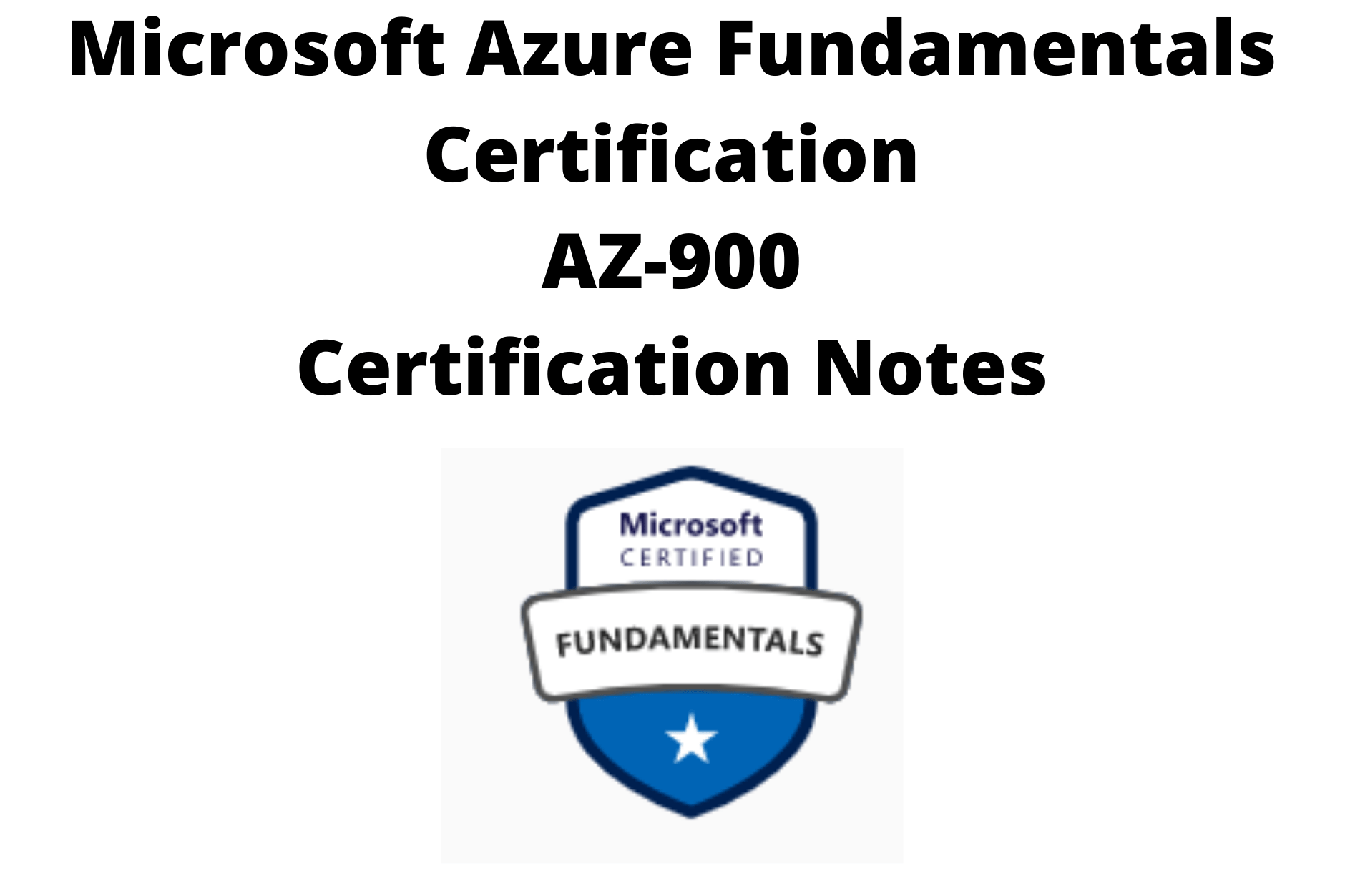What is Cloud Computing?
Cloud Computing:-
- Offers all resources need to operate a Computation Environment (Servers, Databases etc.)
- Pay for the cloud services that you use
- Reduce your running costs
- Operate your network more effectively and scale up as you buy.
- Have limited Control over the resources.
Describe the benefits and considerations of using cloud services:-
Describe terms such as High Availability, Scalability, Elasticity, Agility, Fault-Tolerance, and Disaster Recovery
| Availability | 1.Model based on pay-as-you-go / consumption 2.You should quit paying the money you don’t need 3.Cost Prediction to plan |
| Scalability | 1. You have infinite resources 2.Scaling vertically (scaling up) –can add more CPU Power 3.Scaling horizontally (scaling out)-You can add more power by installing additional servers 4.Automatic or manual scaling |
| Elasticity | 1. Increase or decrease according to request 2. Peak Season’s- Install –> +servers 3. low seasons-Reduce–>-servers 4.Compliant with sudden spikes 5. Minimise low-use consumption |
| Agility | 1. Fast systems with full power 2.Can add power–>As per requirement |
| Fault-Tolerance | 1. Data centres redundant 2. Fault-tolerant infrastructure 3. Policy and controls developed 4. Security Model–>Shared |
| Disaster Recovery | 1. Backup and duplication of data 2. Recovery –>Generators (In case of Sever Problems) |
Describe the principles of economies of scale
Principles of Economies of Scale:-
- Usefulness
- Lower unit cost
- Save taxes and expenses
Describe the differences between Capital Expenditure (CapEx) and Operational Expenditure (OpEx)
Capital Expenditure (CapEx):-
- Is an upfront cost –>Physical Infrastructure(servers , storage, network etc)
- Back up & Recovery Maintenance
- Own Data Centre
- Planned Budget
- Upfront setup cost
- Value Depreciates over the time
Operational Expenditure (OpEx):-
- Is a fee–>Pay /Month depending upon resource/services Usage
- Will Pay per consumer
- Technology Infrastructure –>Lease Model
- Cloud applications –> Leased
- Fees–> resource scaling
Describe the consumption-based model
This a pay as U Go model where the cloud services and application are offered based on subscription Model. The users incur charge depending on the resource usage.
Describe the differences between Infrastructure-as-a-Service (IaaS), Platform-as-a-Service (PaaS) and Software-as-a-Service (SaaS):-
Describe Infrastructure-as-a-Service (IaaS)
Compute, Networking & Storage Services are offered in this service model.
Infrastructure as a Service –>Provides most versatile type of cloud provisioning.
This model offers a renting model of the infrastructure with less start-up costs along with full-control over operating systems, virtual machines, data &Applications
Describe Platform-as-a-Service (PaaS)
This model supports everything expect your data & Applications.
Ex:- A web Application–>The cloud vendor provides all the necessary infrastructure ranging from servers to operating systems and provides a platform for application deployment.
Describe Software-as-a-Service (SaaS)
Simply put, the software is provided by the cloud-vendor and end users make use of the applications.
Ex: – Salesforce CRM, Office 365 etc.
Compare and contrast the three different service types

Describe the differences between Public, Private and Hybrid cloud models:-
Describe Public cloud
Your data/application runs on cloud vendor-managed infrastructure, such as Azure etc.
Describe Private cloud
Your data /applications run locally at your own premises and manage the data centre on own.
Describe Hybrid cloud
Some of your data /application run on-site while other part runs on a cloud vendor-managed infrastructure.
Compare and contrast the three different cloud models
| Types | Advantages | Disadvantages |
|---|---|---|
| Public | Scalability–>High Strength/mobility Pricing–>Pay As U Go Infrastructure–>No Maintenance Technical Skill–>Less | Security Standards(some)–>Cant meet Compliance Standards–>some Cant meet Infrastructure–>Less |
| Private | Data Centre–>Full Control Standards–>Full Compliance &Legal | Initial Costs–>High Flexibility–>Less |
| Hybrid | Economy–>Save costs by mixing both Public+private Flexibility–>High | Management & Setup–>Complex Costs–>High Maintenance–>High |
Click Here to move on to the next Section

Very interesting points you have remarked, appreciate it for posting.Leadership